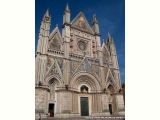p 325 | Sapphism, derived from Sappho.
p 329 | Esther and Athalie by Jean Racine.
p 329 | Edgar Dégas drew, painted, and sculpted many ballet dancers.
p 331 | atavism; seraglio; purlieus
p 331 | La Juive (The Jewish Woman): an opera, with music by Fromental Halévy (1799-1862), first performed in 1835.
p 331 | "C'est un courrier de cabinet": popular tune from Les Brigands, an opera by Jacques Offenbach (1819-80). It was the equivalent of a King's or Queen's messenger.
p 331-32 | Céleste Albaret (née Gineste, 1891-1984), married to a taxi-driver employed by Proust, became his housekeeper in 1914 and worked for him until his death in 1922. Her memories were published in 1973 as Monsieur Proust. (See video here.) Marie Gineste, her unmarried sister, sometimes helped; both originally were from Auvergne.
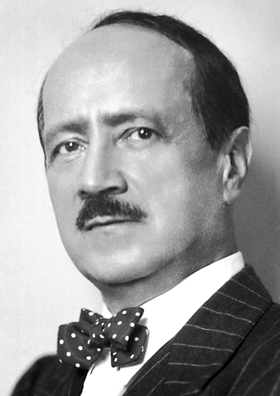 |
| Leger / Perse |
p 336 | "Here below the lilacs die...": first line of a poem by Sully Prudhomme (1839-1907), French poet, who received the first Nobel Prize for literature, in 1901. This poem was often set to music.
p 336 | Archibishop of Tours; Bishop of Rodez.

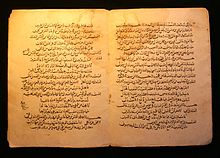


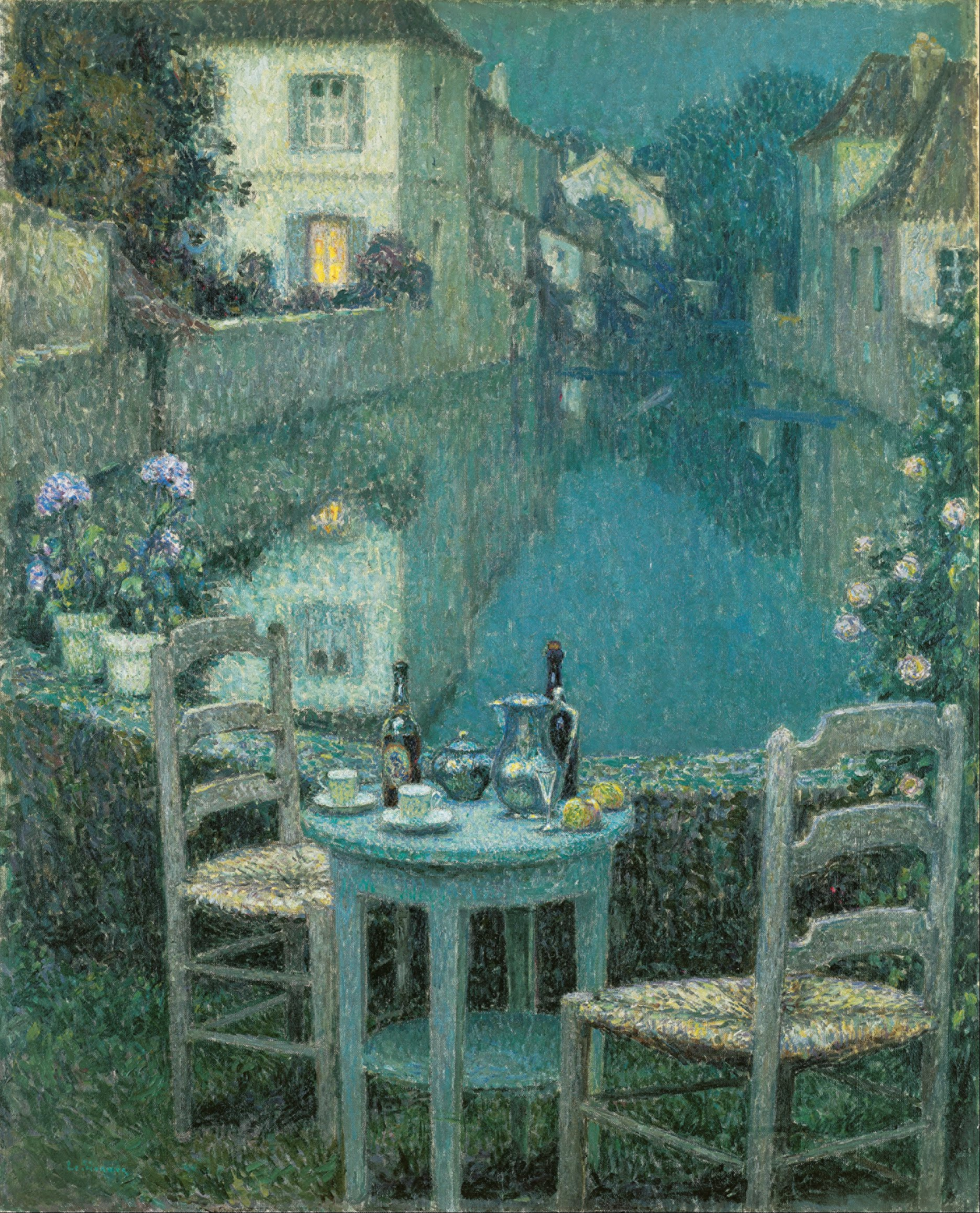

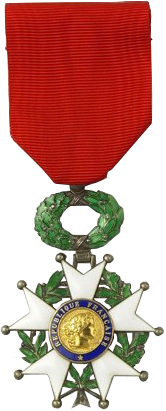
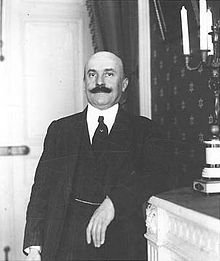

.png/220px-Barouche_(PSF).png)

